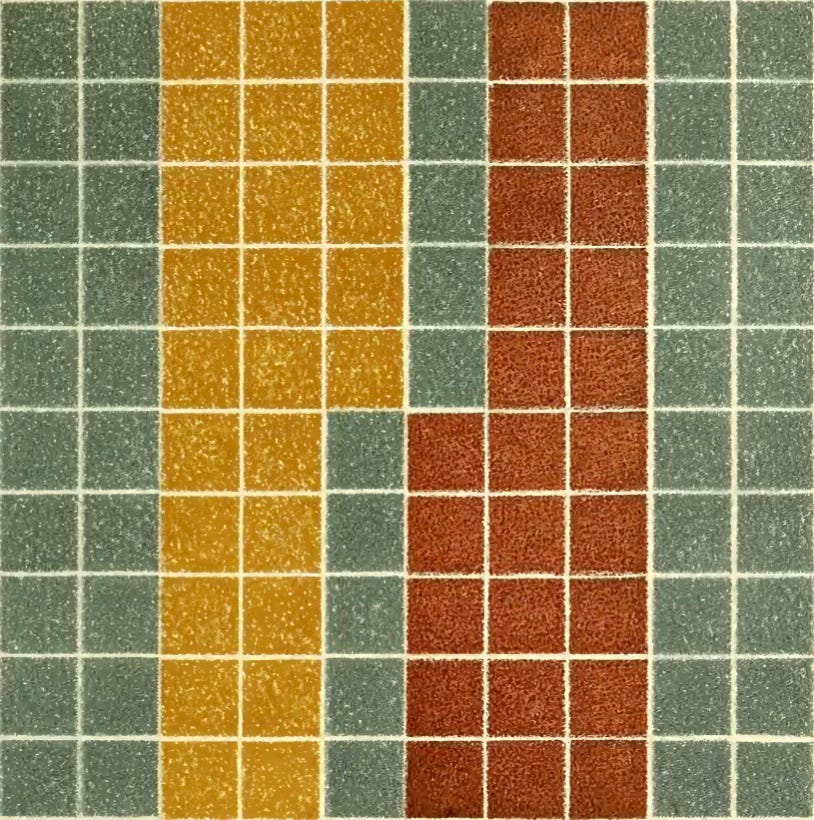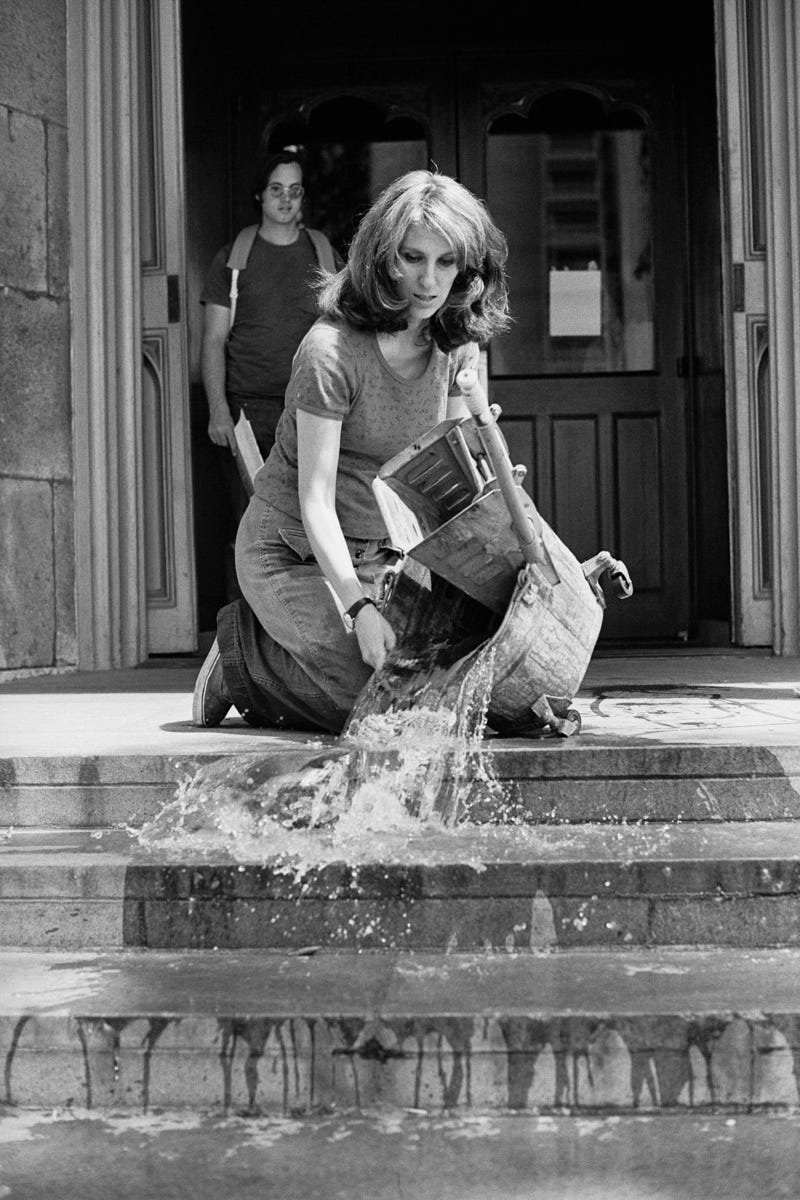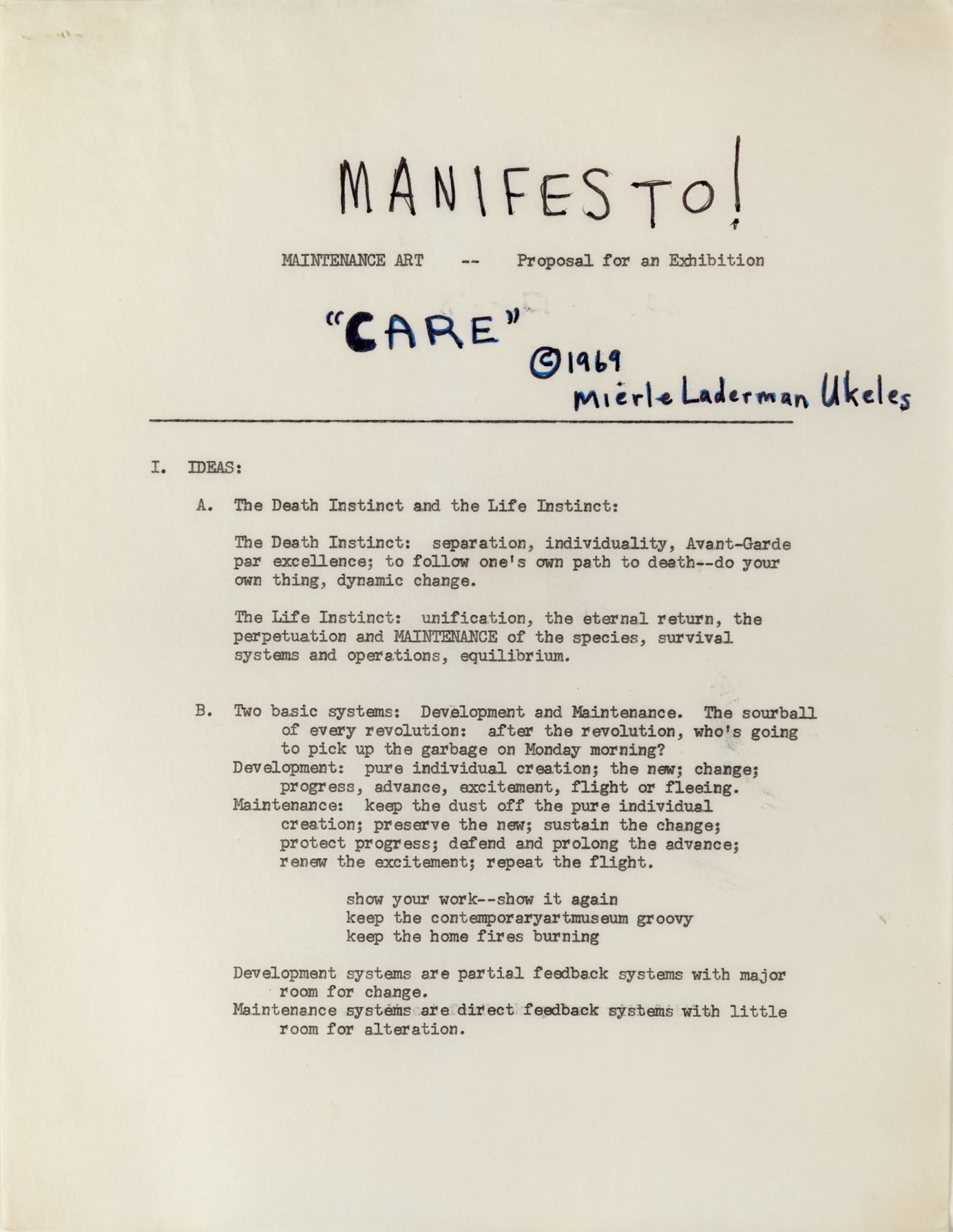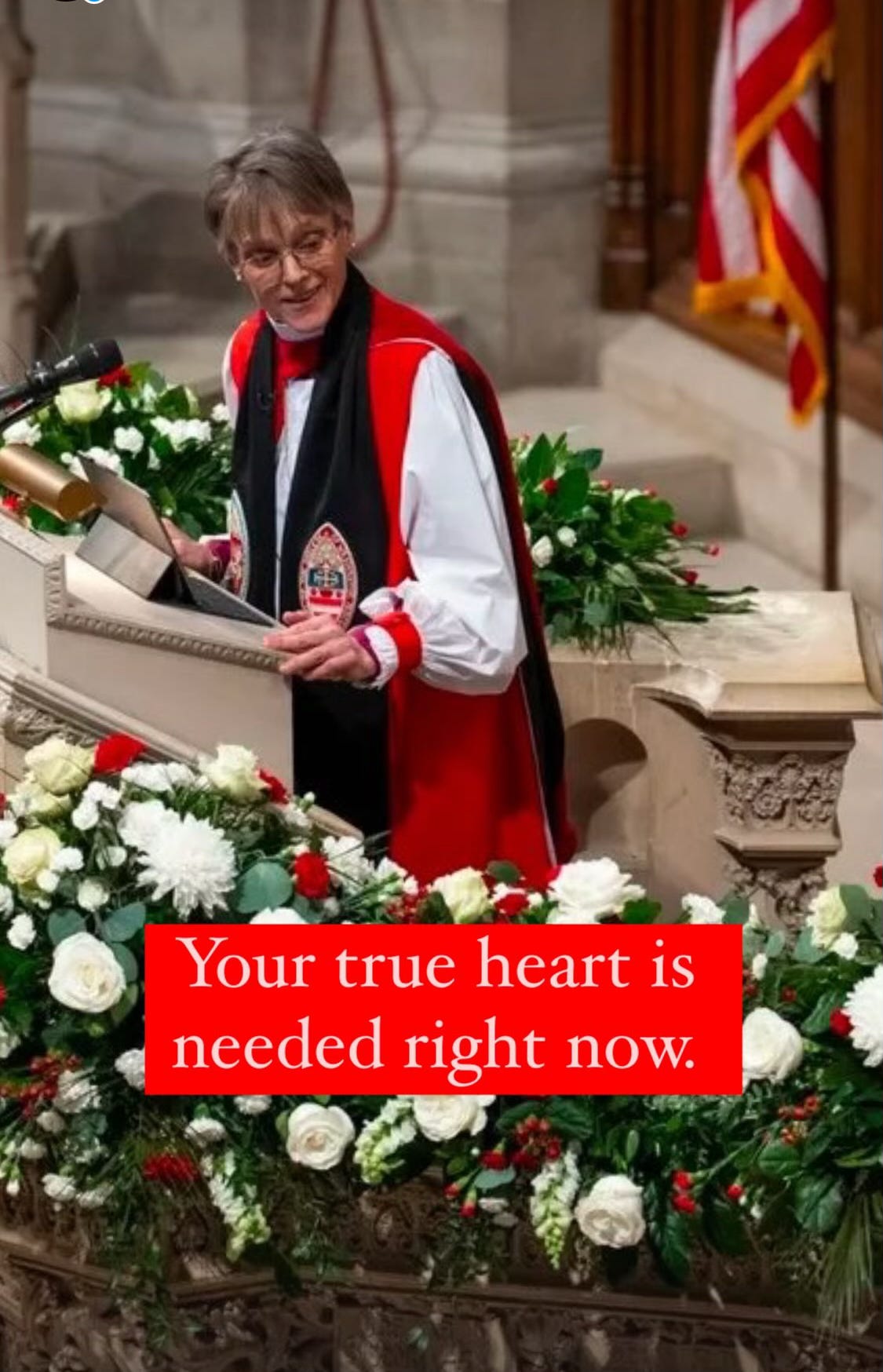
Dear Friends,
Every time I gather with people I love, the question arises: what should we be doing? Certainly, we’re in a collective emergency, and emergency demands a response, doesn’t it? Eight years ago, we were all in the streets, but now we’re not. What does that mean?
For myself, I have a clear feeling, a take, if you will. One inspiration for it is the work of artist Mierle Laderman Ukeles, which has slowly shifted my understanding about what kinds of effort are most important.
In 1969, after having a child, Ukeles abandoned the production of autonomous, avant-garde sculpture and began making what she called “Maintenance Art.” Maintenance Art is art made directly from acts of care: of washing, cleaning, cooking, renewing, supporting, preserving. This kind of care is a particular form of attention that I believe we especially need right now.
On November 6, Rebecca Solnit posted these words: “The fact that we cannot save everything does not mean we cannot save anything and everything we can save is worth saving. […]Right now good friends and good principles are worth gathering in. Remember what you love. Remember what loves you.”
Remember what you love and offer it your care. Protect, preserve, and tend to what matters to you.
— Sal
PS: For anything I might say in this moment, I know there are alternatives which may be equally and vividly true. This is just where my own heart is now.

Thinking about Care
Our attention wants to jerk towards every new disaster, but there is another kind of attention that is worth cultivating even in times of crisis: care.
Care is a form of attention that is necessarily steady and responsive. Care brings your focus to a sphere of direct responsibility. Caring for something—tending a garden, raising a child, writing a book—requires us to hold it in mind. It cultivates a particular form of creativity, of trial and attempt and recovery from failure.
The ethos of Silicon Valley has been all about explosive growth: acceleration, creative destruction, dominance. Move fast and break things. Though its origins were idealistic, even utopian, the promise of vast wealth has transmuted that optimism into ruthlessness.
As we know, capitalism doesn’t (can’t) care. It is indifferent to what any individual might love or need. Optimized shareholder value may one day get you a package quickly and another day deny a procedure or drug that your doctor believes would save your life.
If you value something, anything, you cannot place its care in the hands of corporations, their lobbyists, or the politicians that answer to them.
It’s my feeling that now is the time to care for what we care about.
What to do?
First, pay close attention to what you are already doing.
When something bad happens, we tend to think that we have to do something new in response. It may be that what we need is to continue doing what we do. Chances are, that whatever it is you are doing already reflects your values and commitments. Maybe what we need to do is hold steady.
Look around. Notice what you, very personally, care about. Notice what you love.
Is anything you love under threat of violence, of legal sanction, of denigration? Are there values embedded in the things you love that need nurturing and support? Do you have any way to directly touch or affect what you love most? If so, this is your natural sphere of action and response.
Of course we may be called to action in other ways, and I feel confident that we will answer those calls as they arise in our caring attention.
Not Knowing, Bearing Witness, Responsive Action
As a Zen person, in times of trouble, I revisit Zen Buddhism’s three primary ethical guidelines, also known as the three pure precepts or tenets.
In the version offered by the Zen Peacemaker Order they are: Not knowing, bearing witness, and responsive action.
These guidelines remind me to return to a state which is intimate with reality. There is so much I don’t know. I will never know all the factors that brought this moment into being, and I will never know what’s going to happen next. Once reminded of that not-knowing, I approach the world with more curiosity and openness, I look and listen. That’s bearing witness. Only then will the clarity of responsive action arise naturally.
Mierle Laderman Ukeles

from “Maintenance Art Manifesto”
I. IDEAS
A. The Death Instinct and the Life Instinct:
The Death Instinct: separation; individuality; Avant-Garde par excellence; to follow one’s own path to death—do your own thing; dynamic change.
The Life Instinct: unification; the eternal return; the perpetuation and MAINTENANCE of the species; survival systems and operations; equilibrium.
B. Two basic systems: Development and Maintenance. The sourball of every revolution: after the revolution, who’s going to pick up the garbage on Monday morning?
Development: pure individual creation; the new; change; progress; advance; excitement; flight or fleeing.
Maintenance: keep the dust off the pure individual creation; preserve the new; sustain the change; protect progress; defend and prolong the advance; renew the excitement; repeat the flight;
show your work—show it again keep the contemporaryartmuseum groovy keep the home fires burning
Mierle Laderman Ukeles reading from the manifesto.
Exercise: Care
For this exercise, the object of attention is your life as you live it.
Begin by asking yourself what you love. Examine your life in all of its dailiness. What values does your life express? What loves? Notice what you are already doing to maintain and care for what you love.
You may discover that there are new or different things you want to and need to do. You may discover that the most important work you can do right now is to stay the course. Whatever you discover, take some time to make note of it. Share what you discover with good friends.
As with all of these “Ways of Seeing,” the initiating impulse is to expand our possibilities for engaging with works of art and deepening attention to everything around us. These exercises are perfect for time spent in museums, galleries, and studios. You can also bring them into the rest of your life and experiment with streets, libraries, parties, landscapes. Try them as writing or art-making prompts.
These practices work best if you give them some time.
As ever, interpret these instructions freely and intuitively. Make them your own.
Mierle Laderman Ukeles
Read the full MANIFESTO FOR MAINTENANCE ART, 1969! here.
Mierle Laderman Ukeles is represented by Ronald Feldman Gallery.
Rebecca Solnit
They want you to feel powerless and to surrender and to let them trample everything and you are not going to let them. You are not giving up, and neither am I. The fact that we cannot save everything does not mean we cannot save anything and everything we can save is worth saving. You may need to grieve or scream or take time off, but you have a role no matter what, and right now good friends and good principles are worth gathering in. Remember what you love. Remember what loves you. Remember in this tide of hate what love is. The pain you feel is because of what you love.
Posted by Rebecca Solnit on her X account (since closed) on November 6, 2024.
Mariann Edgar Budde

The Right Reverend Mariann Edgar Budde showed her true heart when she spoke directly to the recently inaugurated president. You can watch her post-inaugural sermon on unity and mercy here.
You can also see a brief conversation between her and Rachel Maddow here.
Her most recent book is How We Learn to be Brave: Decisive Moments in Life and Faith.
Tara Penry
There have been a few recent reflections here on Substack about how to respond to the present moment, all of which have been interesting to read. I appreciated
’s approach which takes inspiration from literature and gathers other voices from the community.The title Ways of Seeing is an homage to the continuing inspiration of the BBC TV series and book by John Berger.
Share your reflections in the comments. How are you doing in this moment? I’d love to hear from you.






Mierle Laderman Ukeles is my newest hero! Thank you, Sal! I want to quote all of it.
* "What is the relationship between maintenance and freedom? What is the relationship between maintenance and life's dream?" These questions beset me, too.
* Maintenance = "to keep the dust off the pure, individual creation."
* And from you: "Maybe what we need to do is hold steady."
Sister Sal, I am lucky to have found you here on Substack. This whole post is music to me. I am honored to be named in this company. I'm glad I know my way to your archive, so I can read this again and again. (I'm also glad I saved it to read on garbage day. How perfectly appropos!) 😆
this is what I needed. thank you Sal